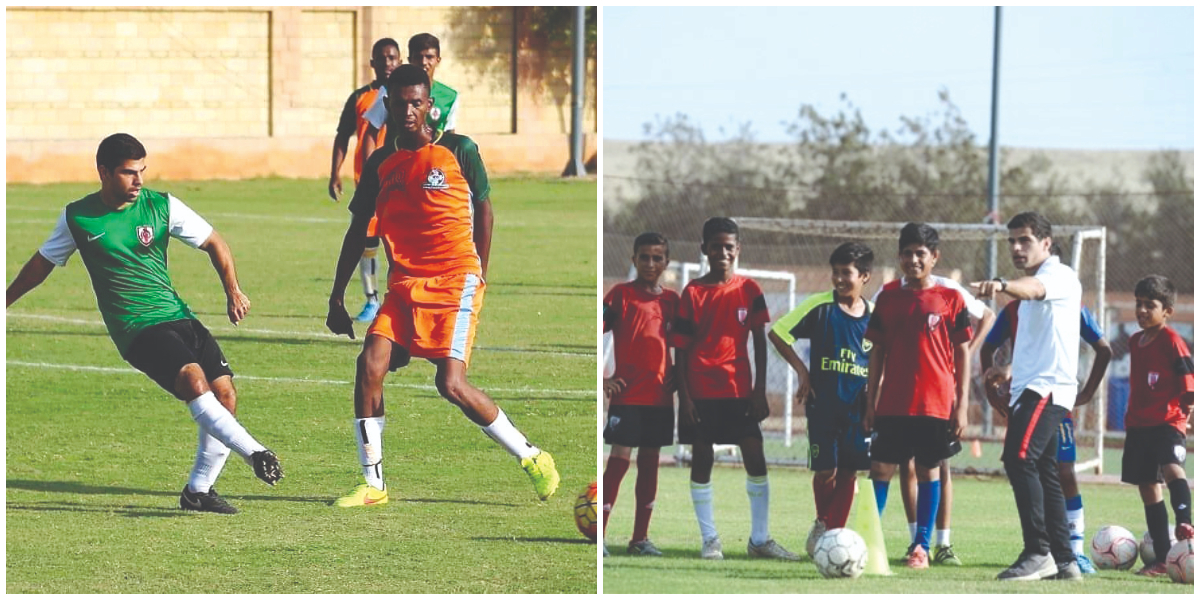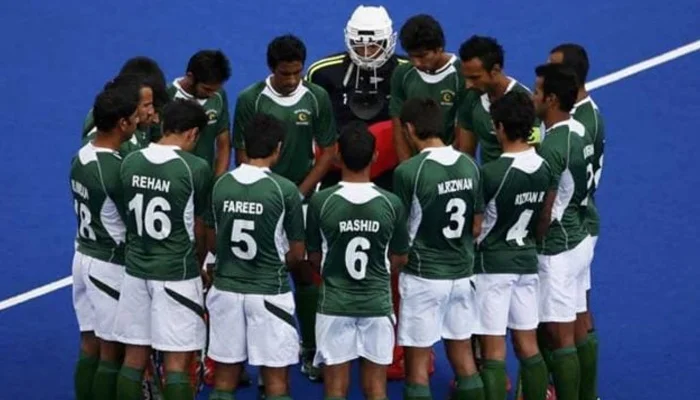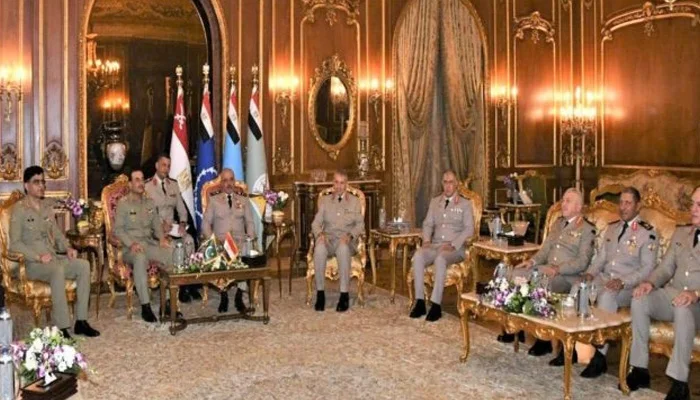Football is not as simple as it seems. From afar, it looks like a game of dribbling, passing and speed. However, there are many more layers to that. I learned about it when I first played at the professional level.
Let me explain to you the complexities of the game and why Pakistan has not been able to produce world beaters with the help of my journey.
Decision-making
I began my footballing journey with Karachi United at the age of just nine. Football is like a bug that catches you, especially when you start at a young age. When the ball was at my feet, I could not help but smile. It was just natural. It was a sign of the purest form of joy and passion.
My fascination with the tactical and mental side of the game sparked when I played for an English Premier League team at the age of 12 (Charlton Athletic FC). I distinctly remember people warning me about how difficult it would be for me to catch their physical speed and strength, their technical knowledge and supreme skills.
In my first training session, I clearly remember standing dead-still in the middle of the pitch, helplessly looking around to figure out what I had to do next. Did I have to move into space? Stand still? Pass? Move? I was clueless!
It was not the physicality that left me bewildered. It was not the incredibly skilful players either. The difference was simply how quick I had to think and make decisions.
A football player needs three critical attributes. First, absolute comfort with the ball at their feet. Second, making quick and effective decisions and third, executing the selected skill.
It took me three weeks to adjust to the speed of the training sessions and my mind to adapt to the mental demands of the game. The sessions were incredibly stimulating, almost like a game of chess happening at frightening speeds.
We were challenged every day to explain why we passed the ball to the right full-back instead of the striker or why we chose to pass the ball instead of a dribble. Every action had to have a purpose.
It was an education in football. Brendan Rogers (manager of Leicester City) explains that the term ‘training’ should be used for donkeys or other animals, not for footballers. His premise was based on the fact that coaches and players must view their sessions as a process to get educated, rather than mindless and tedious drills.
After 10 years of coaching in Karachi and visiting over a hundred academies and clubs, I am encouraged by the number of children that play football and love the game. The determination and desire shown by many coaches, especially in Lyari, is truly remarkable. The coaches often set up their youth academies, free of cost, and are designed to set up their session under a dingy light bulb on a ground that is filled with sticks, stones and sand. Similar set-ups can be found in Mauripur, Baldia Town, Orangi Town, Old Golimar and other inner-city communities in Karachi.
The coaches work tirelessly on the players’ skills, such as; passing, receiving, controlling, heading, shooting, etc. However, what they miss out on is the skill of decision-making.
In my conversation with Liverpool’s manager Jurgen Klopp earlier this year, he spoke about the difference between skills and the game. He explained that skills and the game need to be delinked and thought about separately.
A player may have very good skills but that does not mean that they are proficient in understanding the game. The player must be educated about the game. He must learn the game. When to pass, when to shoot, when to dribble. This is the vital difference between an average player and a world-class player.
Unfortunately, in Pakistan, due to a variety of reasons, maybe due to lack of coaching education courses and financial incentives to pursue football coaching as a career, the element of decision-making is often completely overlooked.
The most effective method is to try to create an environment where players develop their skills and learn the game simultaneously. Learning to think critically and problem-solving are paramount for anyone looking to play football professionally.
Head Coach of the reigning European champions Chelsea, Thomas Tuchel, arguably one of the best managers in the world, said, “We train on very complex, tight pitches and always get the players to come up with new solutions depending on the shape of the game.”
Motivation
As I was nearing the end of my A-level education at Nixor College, I was determined to continue my playing career at a university abroad.
I had heard about the incredible experience of varsity soccer in the United States of America (USA) and it became my sole focus to gain a scholarship to a university where I could play football and pursue my education simultaneously.
After contacting over 300 college soccer coaches and developing a video using my Nokia phone camera, I finally gained a studentship at Ohio Wesleyan University.
With a spring in my step and excitement running through my veins, I showed up at the practice field in Delaware, Ohio, ready to show what I can do.
I was promptly sent back to my dorm and told to wear my running shoes instead of my cleats, as I had to undergo a fitness test.
The test was a gruelling 3.2km run in 12 minutes around a running track. I finished it in 12 minutes and 30 seconds, but it was not good enough for me to find a place in the squad.
After months of endurance training, I finally passed the test and made it into the team.
That experience opened my eyes to the athleticism and physical demands required to play football at the varsity level in the USA.
During the off-seasons, our fitness workouts were of such high intensities that my teammates would vomit and then continue the task that was set out for that session.
The level of dedication, determination and mental strength was something I had never seen before. It became increasingly clear to me that this level of motivation and physical prowess is lacking in our country.
The question is, why? To answer this, we must evaluate why the athletes in my university were crossing that barrier of pain and suffering. One of the reasons is that we were preparing for a very demanding season where we would be playing games against different universities every week and gunning for the National Collegiate Athletic Association (NCAA) Championship.
A very clear competition structure was in place that was driving us to be in the best possible mental and physical condition to perform at our best. It has become increasingly evident to me that the lack of a structured competition has hindered the motivation levels of young aspiring footballers in our country.
The need for tournaments, leagues or championships is essential at all levels for an athlete to push and realise their full potential.
I wonder if we lived in a world without La Liga, would we witness the magic of Lionel Messi? If we lived in a world without the World Cup, would we witness the genius of Maradona? Would the legends of the game have been as driven to reach their full potential in absence of these highly-competitive leagues?
A country with a population of 220 million has massive sporting potential. But to exploit that potential, there must be a structure, a pathway for the youngsters. They should know what they will get in return by putting in so much effort. Unless that changes, the future of football in Pakistan will remain a shadow of what it could and should’ve been.

















